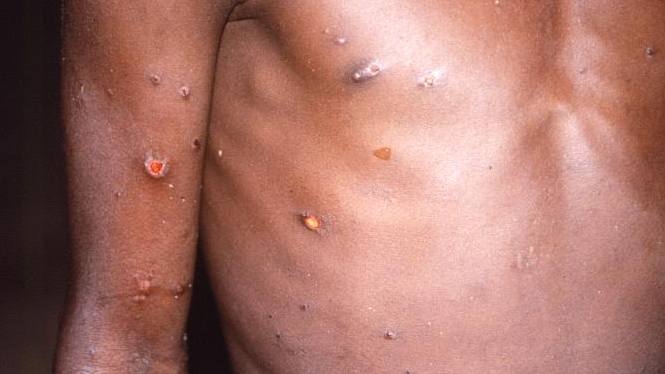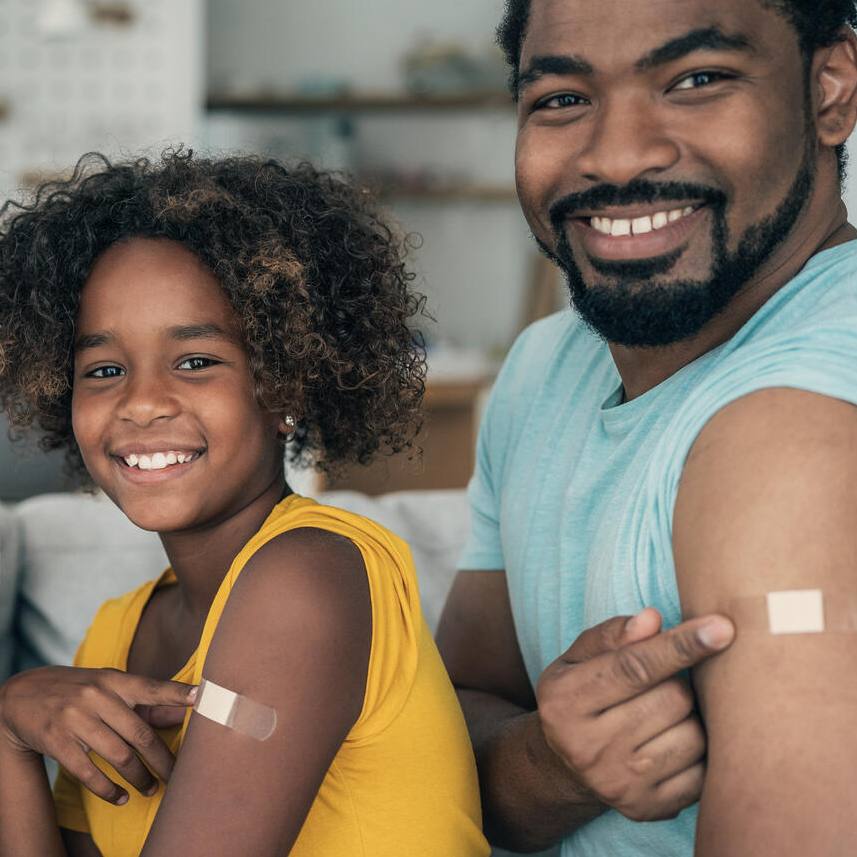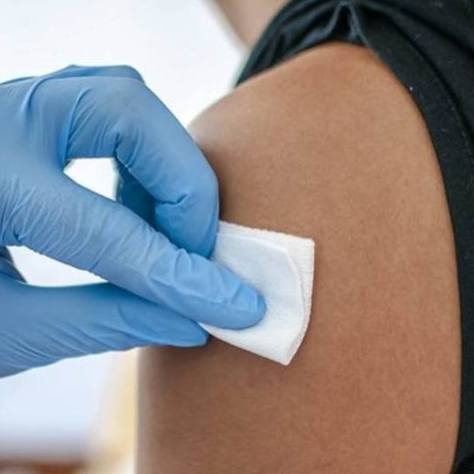-
Emerging cases of monkeypox investigated

Scientists around the world are investigating multiple clusters of monkeypox cases in 12 countries, including one confirmed and one suspected case in the U.S., that have been reported. It's a viral zoonotic disease, meaning it is a virus transmitted to humans from animals but can also be transmitted person-to-person.
Watch: Dr. Gregory Poland talks about monkeypox
Journalists: Broadcast-quality video can be found in the downloads. Please courtesy “Mayo Clinic News Network.”
"Monkeypox is in the same family of virus as smallpox, but it should not be confused with smallpox in levels of alarm," says Dr. Gregory Poland, head of Mayo Clinic's Vaccine Research Group. "With smallpox, 10% to 30% of people can die. With this strain of monkeypox that is circulating right now, that death rate in Africa is 1% or less."
The virus causes symptoms that look very much like or identical to smallpox, says Dr. Poland, with one exception. "With monkeypox, you get lymph nodes swelling, and you don't get that with smallpox."
Monkeypox was first discovered in a colony of monkeys in 1958. The first human case of the virus was recorded in the Congo in 1970 and since then, has mostly been reported in African countries.
"There has never been an outbreak of this size outside of Africa. We now have about 120 known or suspected cases across 12 different countries. This is unprecedented," says Dr. Poland.
Dr. Poland believes people can be protected with smallpox vaccine. "However, in the summer of 2019, a monkeypox-specific vaccine was approved in the U.S. It requires two doses, four weeks apart, so you have to be immunized before exposed."
The average person should have near zero concern, says Dr. Poland. He says for public health care organizations and scientists, there is concern at a global level. "You would not want to see this virus, for example, mutate and become highly transmissible. The death rate for this virus is akin to what the death rate was for COVID-19 when it first emerged. COVID-19 is a far bigger threat."
Transmission of monkeypox includes from one person to another by close contact with lesions, body fluids, respiratory droplets and contaminated materials, such as bedding.
Dr. Poland says because the virus is historically spread by respiratory droplets, surgical masks can be very helpful in protecting against this virus.
There is another hypothesis why this virus is circulating at this rate, says Dr. Poland.
"This is the first time in modern human history where we have so many people who have never been exposed to a pox virus and have never been vaccinated against smallpox," says Dr. Poland. "Perhaps what the teaching point of this is, the public is going to have to become scientifically and more microbiologically literate in understanding that with climate change, with very rapid international travel, with ignoring basic health recommendations, we will see one kind of outbreak after another."
As scientists continue to monitor and track the monkeypox virus, health experts including Dr. Poland will join the World Health Organization as they convene on the emerging situation.
Related article: Monkeypox: What is it and how can it be prevented?
Related Articles







